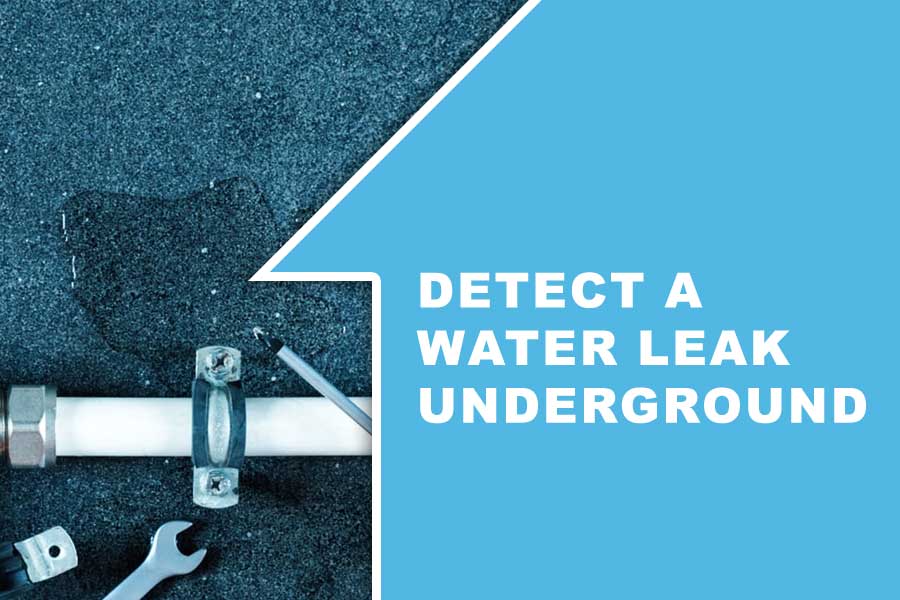Water leaks, both in private residences and commercial buildings, are not just a nuisance. They can lead to significant damage if not addressed promptly. From structural weaknesses to mold growth and wasted resources, the consequences of undetected water leaks are substantial. Therefore, understanding water leak detection and the common areas where leaks are likely to occur is essential for facility managers, homeowners, and builders.
1. Roofing Systems and Terraces
Both commercial and private buildings are vulnerable to roof leaks. The larger the roof, the greater the potential for problems. Regular maintenance can prevent most issues, but even with the best care, the following areas are often problematic:
Flat Roofs: Especially in commercial facilities, flat roofs can collect water, leading to potential pooling. Over time, this can deteriorate the roofing material and cause leaks.
Roof Seams: Where two roofing materials meet, or around vents and chimneys, are typical places for water ingress.
Terrace Gardens: With the rising popularity of green roofs and terrace gardens, the risk of leaks has increased. Improperly installed or aged waterproof membranes can allow water to seep into the building structure.
2. Bathrooms and Plumbing Fixtures
Both residential homes and commercial structures, like hotels or offices, have bathrooms. These spaces are, naturally, more susceptible to water leaks due to the extensive plumbing network. Key areas of concern include:
Toilet Seals: The wax ring that seals the toilet base can degrade over time, leading to potential leaks.
Under-sink Pipes: Often concealed by cabinets, these pipes can slowly leak without detection, causing mold growth and damage.
Shower and Bathtub Seals: The caulking and seals around these fixtures can deteriorate, allowing water to escape.
3. HVAC Units
Heating, Ventilation, and Air Conditioning (HVAC) systems play a vital role in maintaining comfortable temperatures in buildings. However, these units can also be sources of water leaks.
Condensate Drain Pans: If the pan beneath your HVAC unit gets clogged, it can overflow. Regular cleaning is crucial.
Ductwork: Especially in commercial facilities, condensation can form inside air ducts, leading to potential water issues.
4. Kitchen Areas and Appliances
Every commercial and private facility has some form of a kitchen or pantry. With various appliances using water, this area is a typical hotspot for leaks.
Dishwashers: Loose connections, faulty doors, or a malfunctioning drain can all lead to leaks.
Refrigerators with Ice Makers: The water line supplying the ice maker can sometimes leak if not properly connected.
Sinks: As with bathroom sinks, the plumbing beneath kitchen sinks is a common area for leaks.
5. Basements and Foundations
Whether it’s a commercial building’s underground parking or a private home’s basement, these subterranean spaces are at risk.
Foundation Cracks: Over time, settling or ground movement can create small cracks in foundations, through which water can seep.
Sump Pumps: In areas prone to flooding or with high water tables, sump pumps remove excess water. However, if these fail, it can result in significant water ingress.
6. Utility Rooms and Water Heaters
Utility rooms house various equipment essential for the building’s operation. Among these, water heaters are significant sources of leaks.
Tank Corrosion: Over time, sediment buildup can corrode the tank’s interior, leading to leaks.
Valve Malfunctions: Both the temperature and pressure relief valve and the drain valve can become faulty, causing leaks.
Conclusion
Water leak detection is not just about identifying visible drips. It’s about understanding the building’s architecture, the systems in play, and the common areas of concern. By being proactive, regular inspections, and addressing vulnerabilities, both commercial and private facilities can avoid costly damages and ensure the longevity of their structures.
